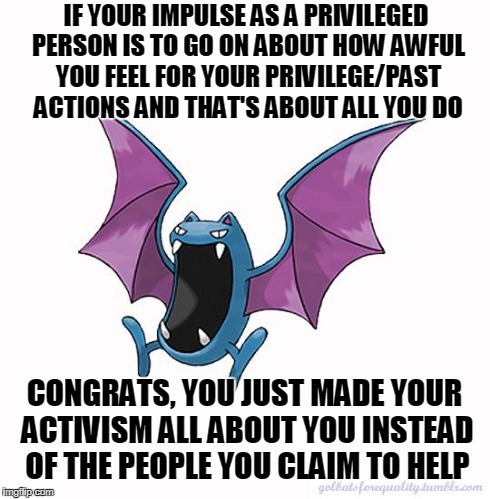I remember when I was a child, my parents would read me a fairy tale before I went to bed. My favorite fairy tale was Cinderella because I used to enjoy the part when the fairy godmother got Cinderella ready for the ball. Now, I find fairy tales to be extremely sexist and I don't think I will ever read them to my kids. I want my kids to not believe that they need to rely on someone else in order to live happily ever after. I found a blog post titled Gender Bias and Sexual Stereotyping in Fairytales by Cindy Kasner. Even though her post is almost eleven years old, Kasner's points are spot on and similar to Christensen's. They both talk about how females in fairytales are weak and vulnerable without a man and the man likes the girl because of her beauty. The men are always the brave and heroic souls that saves the princesses' lives. This is nowhere near reality and it makes me sad when people have false hopes about improbable events. Kasner and Christensen both say that the more exposed children are to these stereotypes, the more they will believe it is true. She calls this secret education. Kasner explains about sexism and children's exposure in an interesting psychological view, while Kasner talks about her classroom lesson and how to take a stand against sexism, stereotyping, and racism. They both agree that sexual stereotyping is not appropriate, especially in today's society. Children should not feel like that they have to act a certain way because of what fiction tells them about their sex.

Christensen briefly mentions racism in Disney movies. When I was little, I was not aware that there was racism hidden in these movies, but as I grew up, the racism became more obvious. However this doesn't change my love for Disney movies and I won't stop my kids from watching them. I found an interesting video that shows Disney Racism Examples. The commenters in the video come from different races and express how they feel about the stereotyping. I don't want to spoil anything on what the commenters in the video have to say, but it is definitely worth watching! My only complaint is that they didn't include the white stereotypes from Pocahontas, which suggests that all whites are selfish and their goals in life are to exterminate people that are not like them. Most whites believe that they are never stereotyped because they are "the superior race", but that is completely false.
In Christensen's article, the class talks about how all of the Disney princesses are white. One student even said that she will never take her kids to see Disney movies until they show a black princess. The first thought that came to my mind was this :What about Tiana, an African American princess from The Princess and the Frog? I then realized that this article is from 2003 and The Princess and the Frog didn't come out until 2009. I remember when I first heard that there was going to be a black princess, my first thought was this: it's about time! Here is a link from CNN news making it official that Tiana is the first black Disney princess. The people in the video thought that there would be less stereotyping after the movie was released, unfortunately, racism is still occurring every day and will probably occur forever. Another piece of evidence why this article is a little outdated is when Christensen and her students scoff at the idea of a black Cinderella. Not too long ago, Keke Palmer, who was a teen actress in movies such as the Disney channel original movie Jump In (A really good movie by the way), was cast as the first black Cinderella on Broadway. Here is a really short clip of the ball scene with Keke Palmer playing the title character. This just shows that beauty comes in all shapes, sizes, and colors.
Most fairy tales and cartons follow the society rules of SCWAAMP or in this case, SWAMP because they follow the following aspects. I completely disagree with these by the way.
Straightness-Do we ever see a gay prince or a lesbian princess get their true love's first kiss? The answer unfortunately is no.
Whiteness-At least Disney finally included a black princess, but fairy tale authors like the Grimm Brothers never did.
Abled bodiness- All of the Disney princess have freakishly tiny waists and the princes are always fit and good looking. Don't people ever realize that maybe some people suffer from body image issues because of this?
Maleness- A girl needs a man in order to live happily ever or else her life is forever doomed. (sarcasm)
Property ownership- Women are only drawn to men if the man has a huge house or a nice car, or in the fairy tale cases a white horse to reflect his race. (sarcasm again)
 Points to make: What were your reactions when you found out the true meanings behind fairy tales or cartoons? Did you immediately stop watching or reading them or did it not affect you in any way? I can't wait to talk about this in class.
Points to make: What were your reactions when you found out the true meanings behind fairy tales or cartoons? Did you immediately stop watching or reading them or did it not affect you in any way? I can't wait to talk about this in class.
I enjoyed reading your article. you can definitely tell you put a lot of effort into the article based off of your opinions and thoughts and the hyperlinks you chose. really well done.
ReplyDeleteGood work with the post; like Josh said, I could definitely tell you put a ton of work into it. Love the Golbat picture at the bottom! :)
ReplyDelete